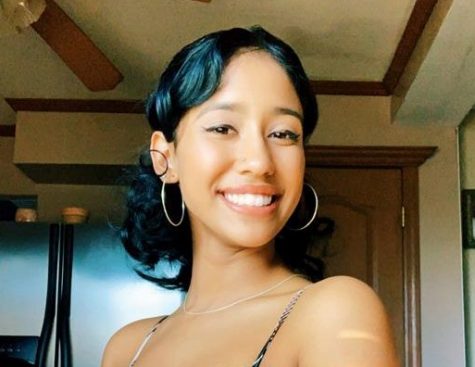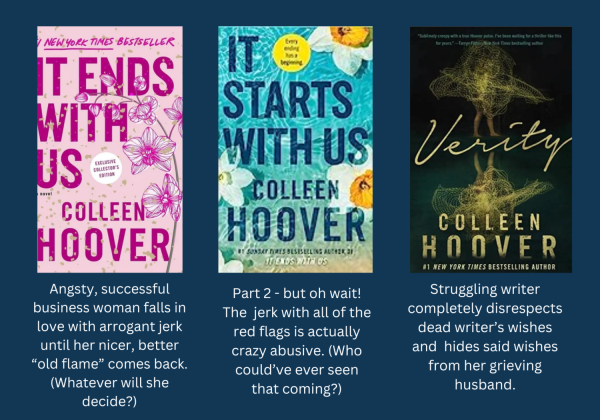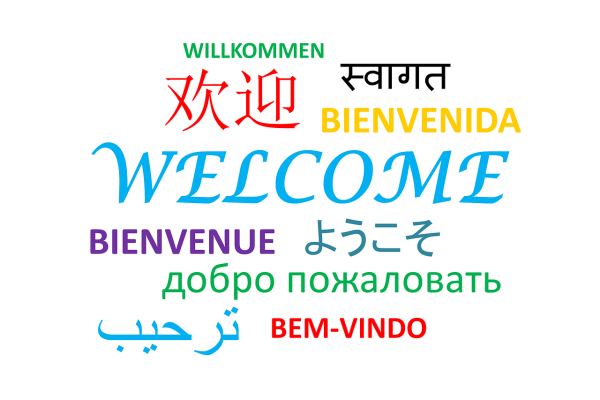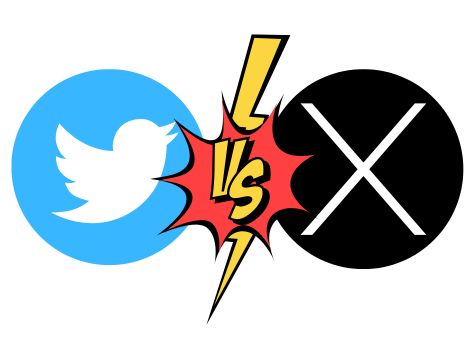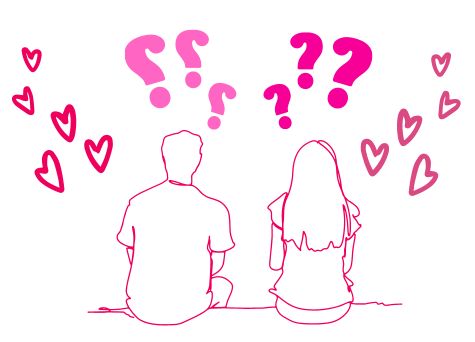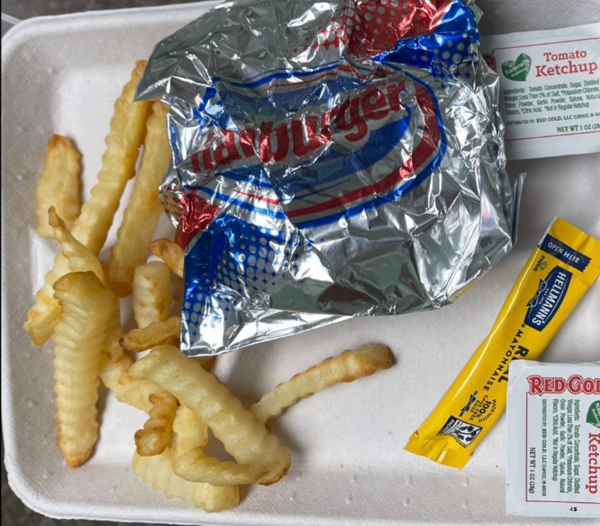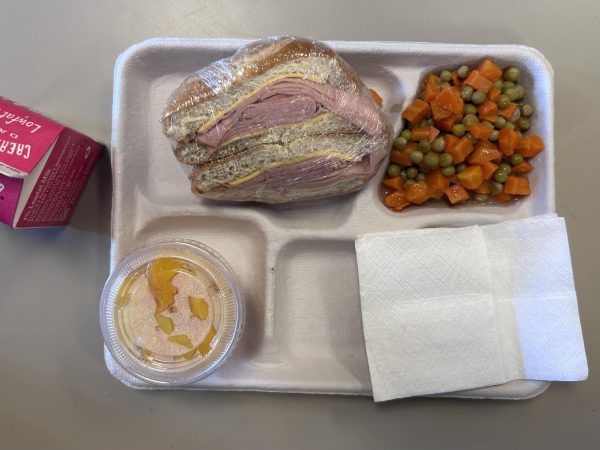All Mixed Up
A Brentwood senior discusses the challenges of a biracial identity.
June 21, 2021
“Hispanics don’t adopt.”
I looked at her, puzzled by her statement. “Well, a pair of my grandparents are Puerto Rican,” I replied. “And they fostered and adopted multiple children.”
Then it was she who looked at me curiously. “Yeah, well you’re not a real Hispanic.”
This was not the first time my identity was denied. Being mixed has never been easy. There is no community for me. I’ve been too light for my Trinidadian side, and too dark for my Puerto Rican side. And to follow that up, I am also not a first- or second-generation immigrant, so some of my customs have blended with traditional American culture as well.
I’ve been the darkest one in a room and have still been called “white-washed” or “inauthentic.” For a while, it felt like I couldn’t win, no matter what I did to convince my opposing communities that I belonged. When people told me to just stick to my roots, I felt like I was being split into two directions, neither one welcoming me to assimilate.
Being mixed is often lonelier than being a minority, especially as a young adult. According to Vox article, “The loneliness of being mixed race in America,” by 2013, 10 percent of all babies in the United States were of mixed race. And in a 2015 Pew study, almost half of mixed Americans were under 18 years old. This often leads to multi-racial adolescents feeling abandoned or alone.
Most can’t turn to their parents either because each parent could be purely one race. In Vox’s article, a woman named Lauryn Kristina from Los Angeles, California, adds that “I think I kind of really grew up as a chameleon and I learned how to code switch and communicate with a lot of different people when I was really young. I think that there’s something special about that. But I think it does come with a cost.”
When you’re mixed, racism doesn’t just go away, either. People who are multi-racial are not only picked upon by those of opposing races, but also those of their own race. Deemed “not enough,” these individuals once again find themselves alienated from the group.
And in the unlikely event that they are accepted by those usually prejudice towards others, they are deemed the “exception.”
“Since I’ve grown up mostly culturally Puerto Rican, I feel like sometimes I can be made an exception when it comes to being black,” says Ruby Thomas, a senior. “I’ve heard a lot of people express how I’ll never understand how it feels to be “dark skin” or “fully black” and experience “real” racism. Meanwhile they don’t know how it feels to not be black enough for your black side or Hispanic enough for your Puerto Rican side.”
There is no one way to be black or white. I’ve been told that in professional settings, I talk “white.” That it throws people off when I open my mouth and what comes out greatly contrasts the color of my skin. Talking with an education is allegedly not expected from a person of color.
There is no privilege that comes with being mixed race. Just because someone is made up of two races, does not mean they can turn off the one that is the minority. And to add to that, those multiracial citizens born in America are deemed too Americanized and too “white” regardless of the color of their skin.
“I feel like first gen immigrants do look at mixed Americans differently for not living in their homeland. Mainstream culture doesn’t make you any less of your own culture,” says Thomas. “Everyone needs to accept that people of the same race, ethnicity, etc. come in different shapes, sizes, looks and colors and stop gatekeeping cultures because at the end of the day no matter if you participate in your culture or not, that DNA will always be inside you no matter what you or anyone else says.”
Multi-racial young adults are forced to let a dominant racial identity take over or forge a path completely unique from family tradition. It’s up to them to normalize that, while also incorporating aspects of their own generation into the lineage. Personally, I struggled finding where I belonged in my community. I know now that I must create my own legacy, blending my Hispanic and Caribbean cultures to find personal success. And that’s exactly what I intend to do.



